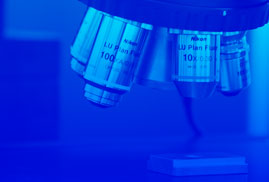The present research has investigated chatter vibrations suppression methods in milling, focusing mainly on active control devices for reducing structural vibrations. Chatter vibrations are one of the principal problems in machine tools, due to the unacceptable surface quality left by them and the breakage of tools and different mechanical elements of the machine. Active control devices are based on the performance of a controlled force on the structure, which is commanded by a controller and depends on the measurement of the problematic vibration. The main target of the work has been the development of optimal active control systems for chatter suppression by means of simulation models.
Due to the lack on design guie delines of active control devices, a milling mechatronic model has been developed, in which the cutting process and the active control of an inertial drive can be reproduced simultaneously in time domain. Regarding the experimental validation of the results, the large number of uncertain machining parameters and the fact that such test always force the whole machine to the limit of stability make it problematic. Therefore, a hardware-in-the-loop simulator for reproducing experimentally an equivalent of any orthogonal cutting process has been developed. In this way, the test bench can be used for performing the first semi-experimental tests previous to the real cutting tests in order to optimize the control laws. Apart form the mechatronic model results, different active control strategies are compared on the hardware-in-the-loop simulator and experimental cutting tests.
Finally, a procedure based on the mechatronic model for the optimal design of active control systems is presented. In this way, two different active control systems have been developed for a ram type milling machine with the help of this procedure. On the one hand, a biaxial actuator has been designed for locating it on the ram frontend. On the other hand, a novel spindle head with an integrated inertial electromagnetic actuator has been developed. Both biaxial actuator and active spindle head have improved successfully the stability of the machine, approximately doubling its productivity.


